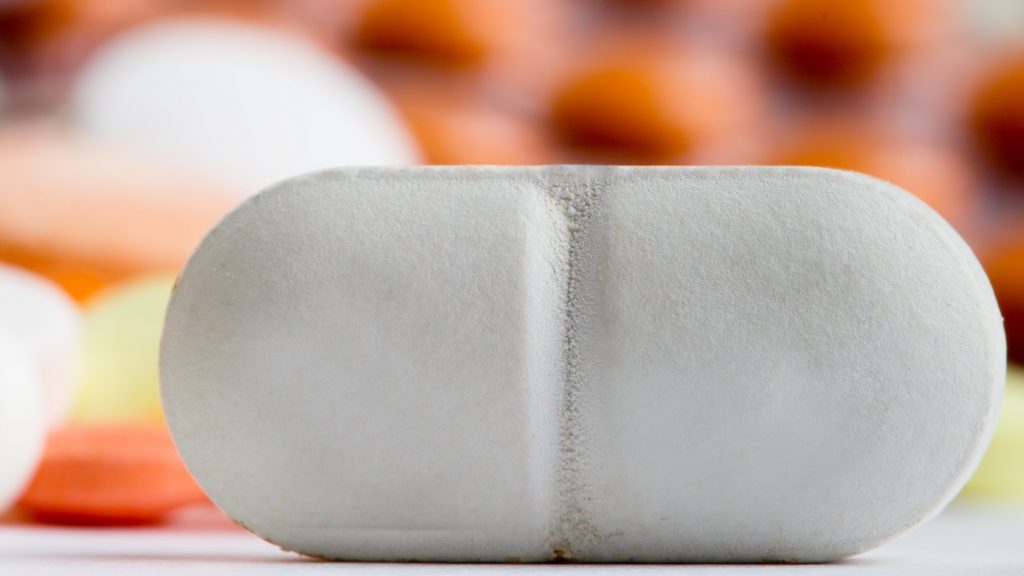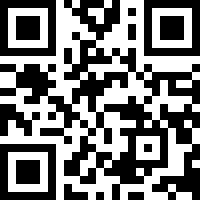We don’t often think about things which don’t affect us personally. If you live in a warm city, you may not know what’s necessary to prepare a mountain cabin for the winter. Likewise, if you live in a rural area, you may not know the best ways to navigate public transportation at rush hour.
If you’re reading this, there’s a good chance you live somewhere that doesn’t have a high rate of counterfeit medication in circulation. In most western countries, about 1% of all drugs are counterfeit (which is still, frankly, far too high a rate), but the developing world is suffering from fake medicine everywhere, with rates as high as 70% in some nations. Many of these drugs are used to treat fatal diseases, such as cancer, HIV/AIDS, tuberculosis, and malaria. In fact, the largest counterfeit industry is counterfeit drugs, accounting for about $223 billion in 2013 alone. Since 2010, fake medicines made almost $2 trillion worldwide.
Strategy&, the strategy arm of PricewaterhouseCoopers (PwC), published an article detailing how pervasive the issue of counterfeit medicine is. Around a third of all medications in the world is fake in some way. At least half of all drugs found online are bootleg, and almost all of them are manufactured in a different country than the website claims. In fact, only about 5% of the tens of thousands of online pharmacies comply with any laws or industry standard practices.
It gets even worse. About a million people die from toxic counterfeit medications per year, almost half of them from malaria. Germany alone has confiscated four million tablets entering the country illegally. In the past decade, the sale of fake medicine accounts for over 2% of the total global economic output, over three times as much as the 2000’s, which itself was over three times as much as the 1990’s.
This can be shocking to hear. After all, don’t countries have laws governing this kind of thing? The sad fact of the matter is, it’s not enough. In 2013, the United States Food and Drug Administration shut down over 13,000 illegal online pharmacies, but there are still about 50,000 in operation, with more opening every day. Thanks to the rising cost of pharmaceuticals worldwide, people are turning to online drug sales increased in developed nations, while in developing nations, even the official drug distribution channels are compromised.
Lawmakers and the public are slowly becoming more aware of this issue. Mass serialization and track-and-trace methods are becoming much more common as ways of tracking where each bottle of medicine has been. Mass serialization is used in many places, including China, the EU, Saudi Arabia, and India. This puts a unique code onto each drug, usually in the form of a barcode or RFID chip. Every time it is scanned, the drug’s current location is entered into the database. Unfortunately, there are workarounds for dedicated bootleggers and they only catch around 35% – 50% of fake medicine. Barcodes can be compromised with something as simple as a sticker with an image of a valid barcode. If the counterfeiters are fast enough, the fake drugs will enter the market before the real ones ever do. And whenever there’s a breach like this, it forces countries and pharmaceutical companies to spend incredible amounts of money to either improve their methods or to start over from scratch.
As you can see, counterfeit medication is a huge global problem that is only getting worse for many reasons. While some action is being taken to stem the tide of this horrible issue, often it’s not enough and easily circumvented.
In the coming days, we’ll be examining these issues in further detail in the hope that the more people that are educated on the matter, the more minds we can have working towards better solutions, such as the ones we are coming up with at IDLogiq with blockchain-powered tracking and tracing technology.


